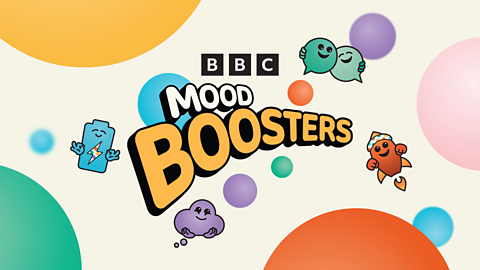Hi, I’m Amy. Are you ready to boost your mood with me?
Today, we are going to re-energise and remind ourselves that we don’t have to stay stuck in an emotion.
We can actually change feelings of sadness or anger, if we want to.
I know that you are all stars so let’s start with some star jumps.
Join in with me and keep going.
We can all have days when we feel sad or even angry.
These feelings are perfectly normal, but we can do something to shift these feelings if we want to.
I find moving is a great way to change the way that I am feeling.
Ok stop. Maybe those star jumps have already changed the way you are feeling?
I am going to give you some feelings or emotions and all you have to do is make a movement like those words!
So if you were nervous, you might shake like a leaf.
Join in with me to get some emotions in motion!
Now, let’s be grumpy like a bear .
And now cheeky like a monkey.
See how that journey through different expressions made you feel?
Are you ready to take it to the next level?
This time I’ll just give you one word and you need to make whatever movement you think goes with that word.
Are you ready?
Brilliant, let’s go!
Sad.
Crocodile.
Excited.
Lion.
Terrified.
Bird.
Angry.
Crab.
Confused.
I'm looking confused looking at you guys.
Well done!
Horse.
Well done everyone.
You all looked amazing!
It’s ok to feel a range of different emotions including sadness and anger.
It is important to recognise when you feel like this and do something to change the way you're feeling especially if the emotion is not a comfortable one.
Getting up and moving around, even for just a short while can really help.
I’m proud we took some time to get our emotions in motion.
And now we know how to help ourselves to feel happier when we feel sad.
Say with me: “I feel good!”
Ready?
“I feel good!”
I hope to see you again soon.
Bye.
Strictly Come Dancing’s Amy Dowden demonstrates how primary school children can explore different emotions through movement and impersonations of animals which typically represent these emotions.
From an angry bear to a curious crab, this activity is designed to re-energise and re-focus, reminding children that going through both positive and negative emotional states is normal.
Emotion in Motion encourages pupils to think about how they can shift their feelings, particularly when feeling sad or angry, so they don't get stuck in a rut.
Giving our body this type of boost can help to remind us what we are capable of and can restore pride and confidence in our ourselves.
Teacher Notes
- Phase and setting most suitable for: KS1 and lower KS2. Whole class movement.
- When to use: After break times.
See our Moodboosters School Timetable for more ideas.
- Curriculum/topic/SEMH links: Emotional Regulation.
- Visit the Teacher Guide for more information and support.
Enrichment activities
- Emotion Poem
- Children create a simple poem or short rap about moving through different feelings. Example: "When I'm sad, I move and hop, When I'm mad, I just won't stop!"
- Feeling Change Chart
- Make a two-column chart: Column 1: "How I Feel" Column 2: "A Move I Can Try"
- Children fill it with ideas like “Nervous ➔ Shake it out” or “Excited ➔ Jump high.”
- Emotions in Motion Game
- Teacher calls out an emotion (e.g., “grumpy,” “nervous,” “excited”) and children quickly act it out with their bodies!
- After a few rounds, children take turns calling out emotions for the class to act out.
- Feelings Reflection Circle
- After the movement games, have a quick circle time where children say: "Before we started, I felt ___. Now I feel ___!"
- It’s okay if some feelings haven't changed — it’s about noticing and sharing

More from Boost:
Animal Safari. video
Bethany Shriever uses movement and exercises to help primary school children recognise the importance of taking time to pause and reflect.
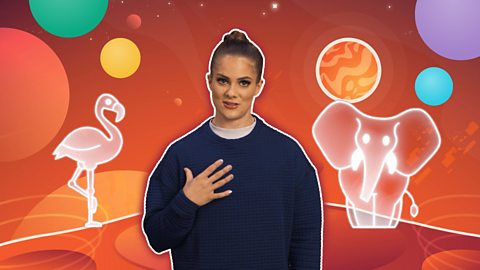
Boat Race. video
Ade Adepitan shows primary school pupils that it’s ok to go wrong from time to time through a combination of rowing, jumping and leaning.

Dance Party Mega Mix. video
Strictly Come Dancing champion Oti Mabuse encourages primary school pupils to have fun by practicing unique dance moves to energise the class.
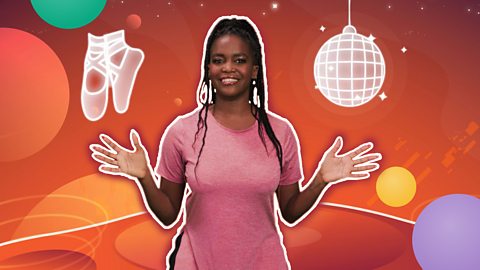
Volume Up. video
Rhys Stephenson and George Webster encourage primary school pupils to join in with a body percussion routine to inspire confidence and self-belief.

Wacky Workout. video
Dr Ranj Singh leads a wacky workout for primary school pupils about being able to change negative moods to positive ones through movement.

Make Some Noise. video
Evie Pickerill inspires children to turn their bodies into musical instruments to help stimulate awareness of controlling movement.
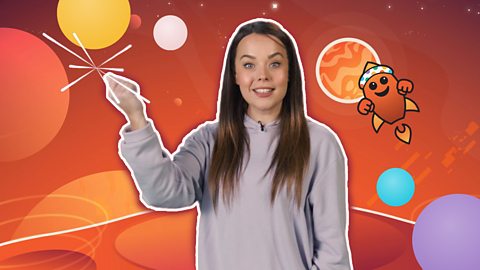
Let's Rock. video
Evie Pickerill assembles an air instrument rock band for children, where everyone has their own part to play.
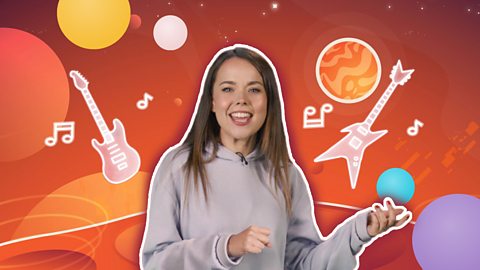
Power Up. video
Rhys Stephenson and Joe Tasker use simple hand movements and actions to help up the energy levels in the room.

MC Hype. video
Oti Mabuse becomes MC Hype in this fun activity that aims to get children off their feet to help combat feelings of tiredness and fatigue.


More from Moodboosters:
Recharge. collection
Activities to help children become aware of the importance of self-care, whilst building resilience and recognising what makes them special.
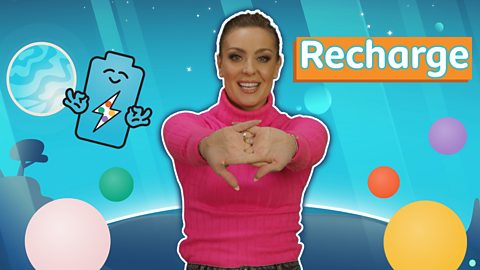
Connect. collection
Fun, movement-based activities for children centring on relationships and how to recognise emotions in others through empathy.

Imagine. collection
Learning activities to promote creativity and optimism in children whilst encouraging them to use their imagination to envision their goals and aspirations.

Teacher's guide
Curriculum-linked ideas and tips about how you can use Moodboosters with your class during the school day.
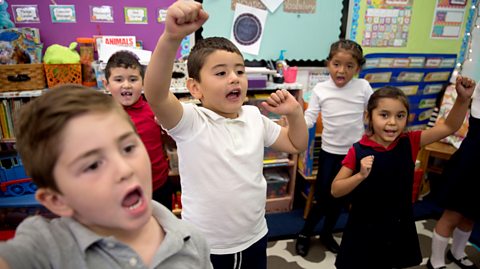
Watch again - our live launch. video
Watch highlights as children from around the nations join together for a big mood-boosting moment.
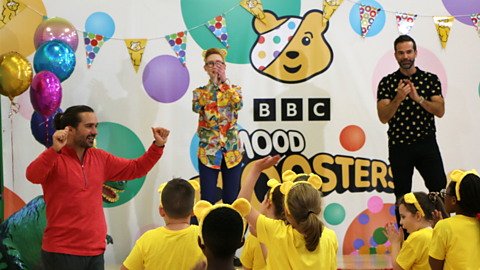
About Moodboosters
Everything you need to know about our initiative to get KS1 / KS2 pupils moving for mental health and wellbeing.
